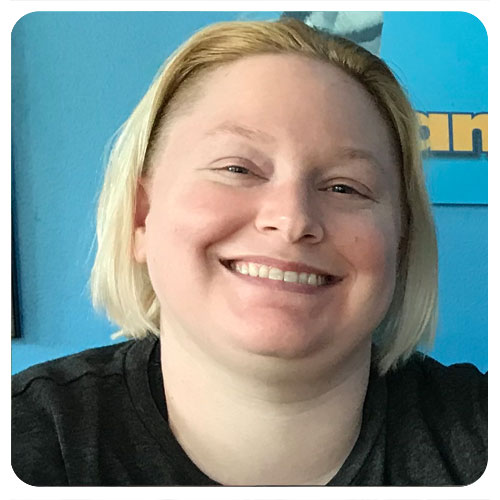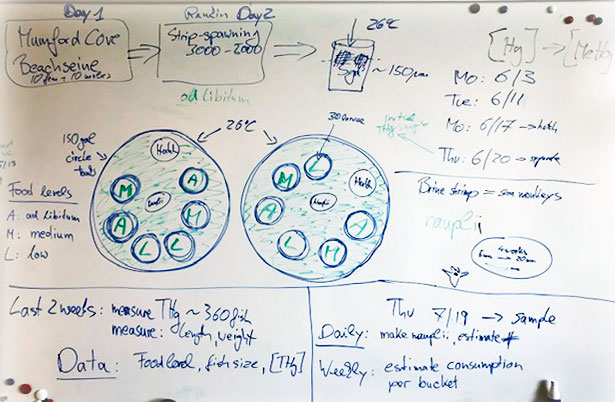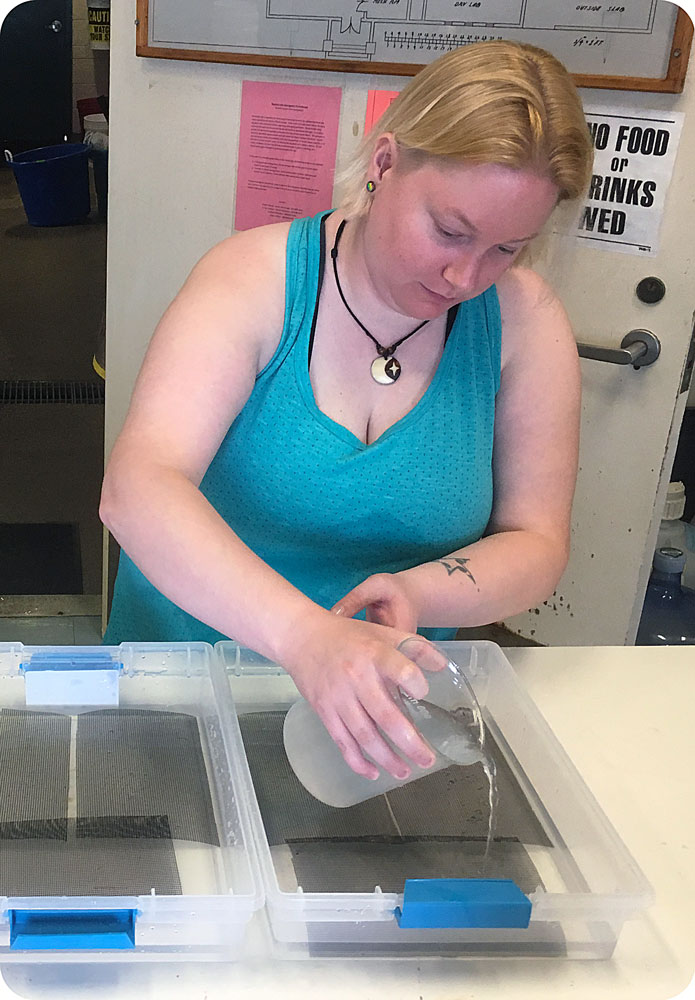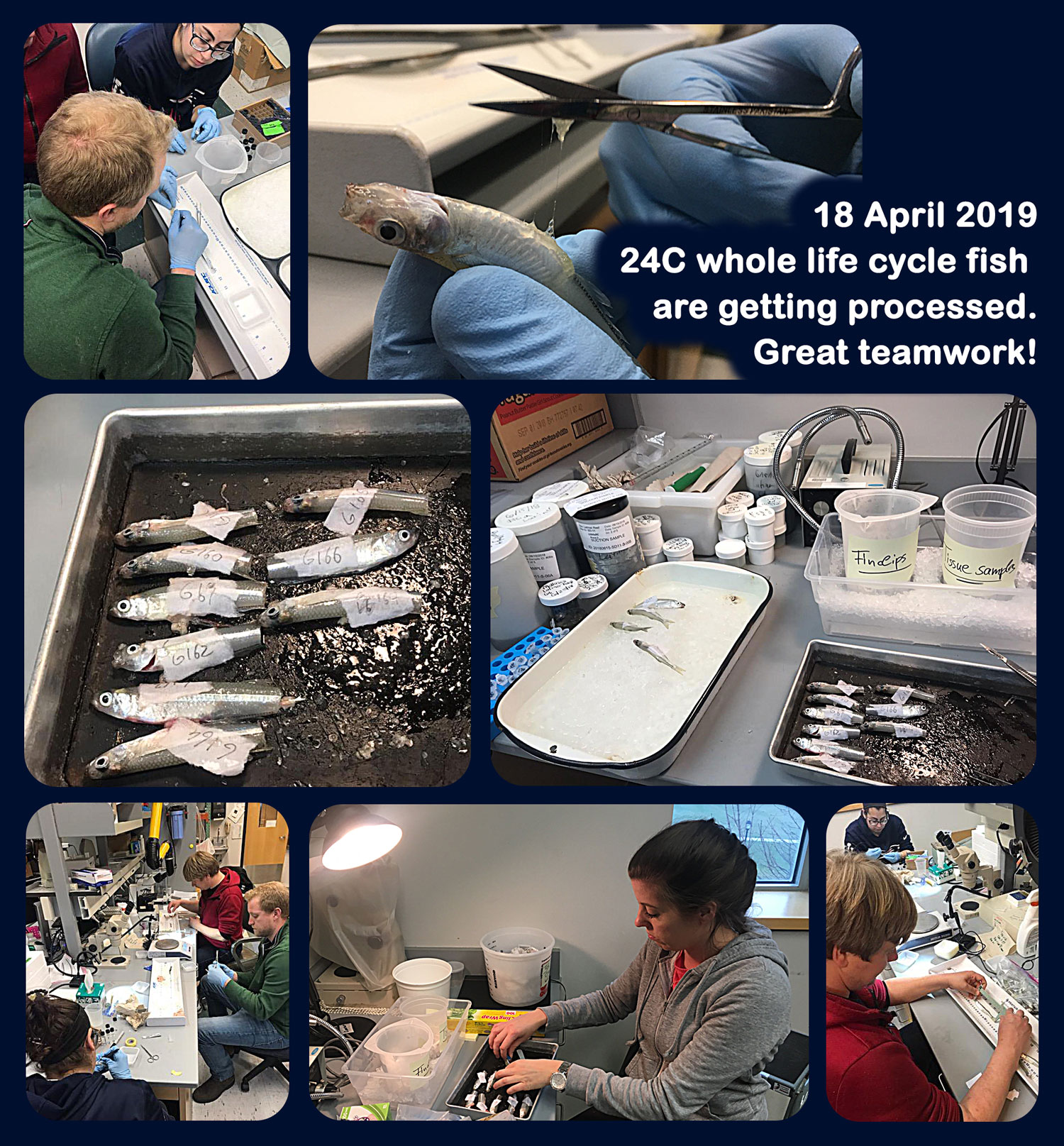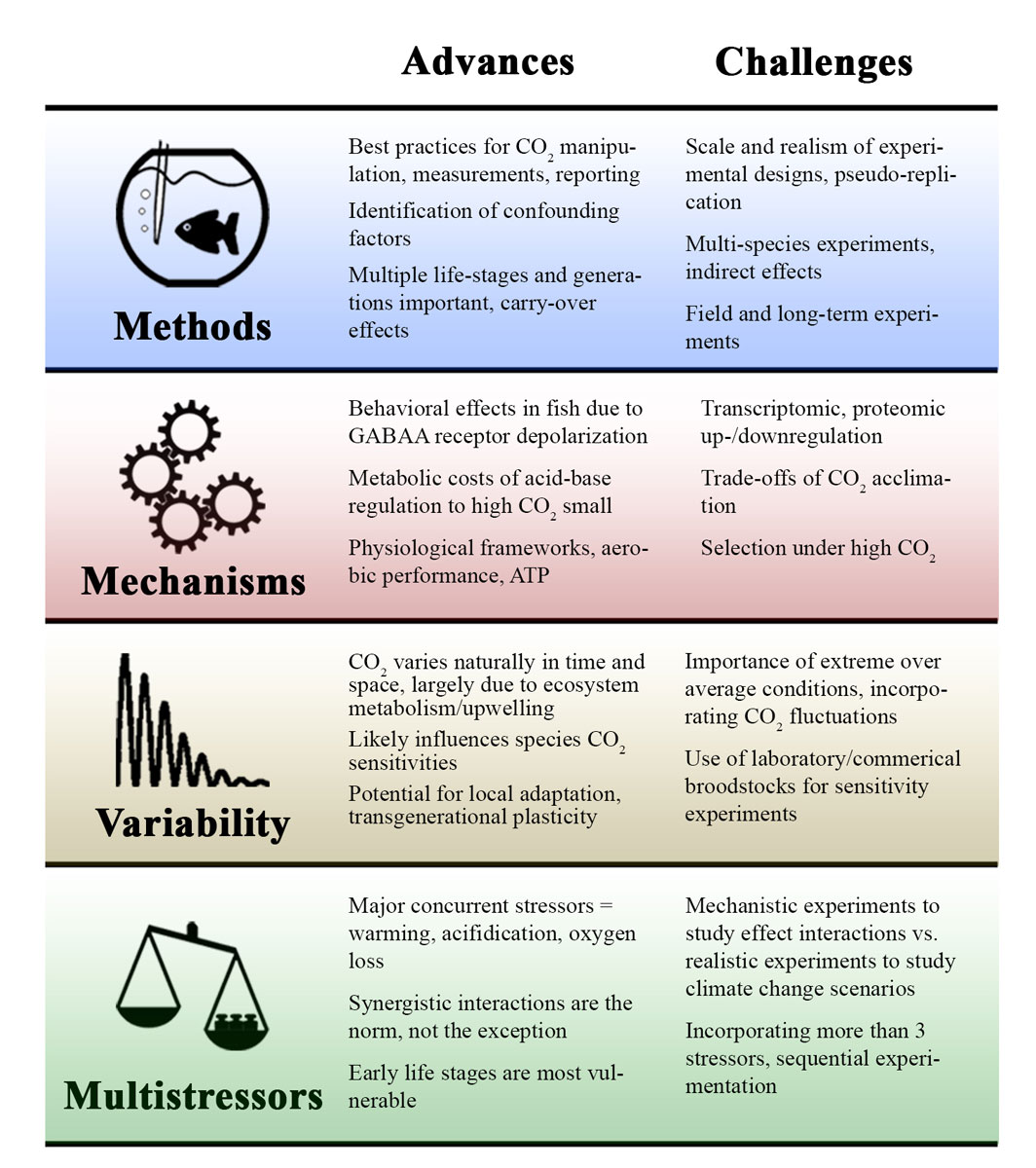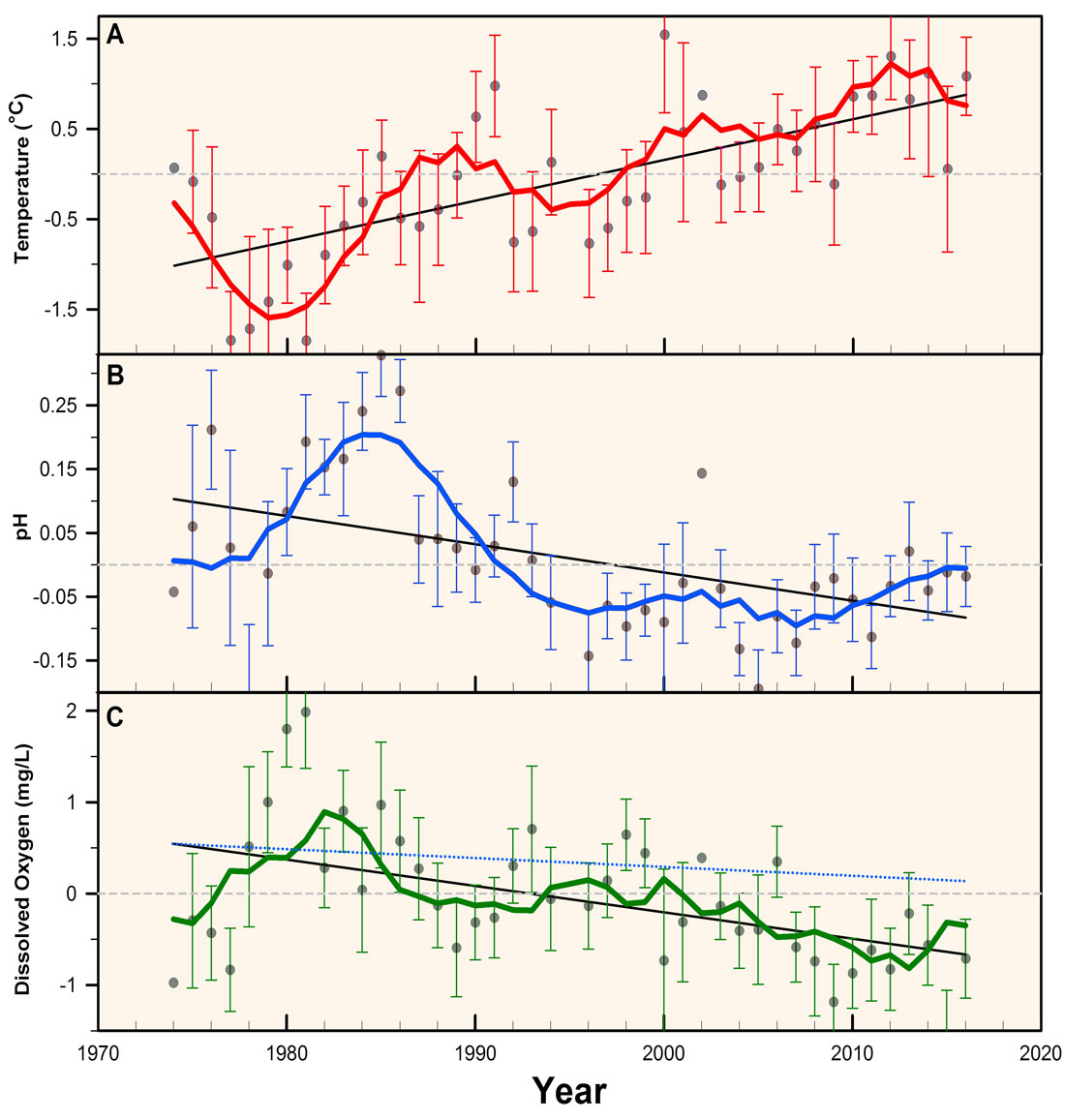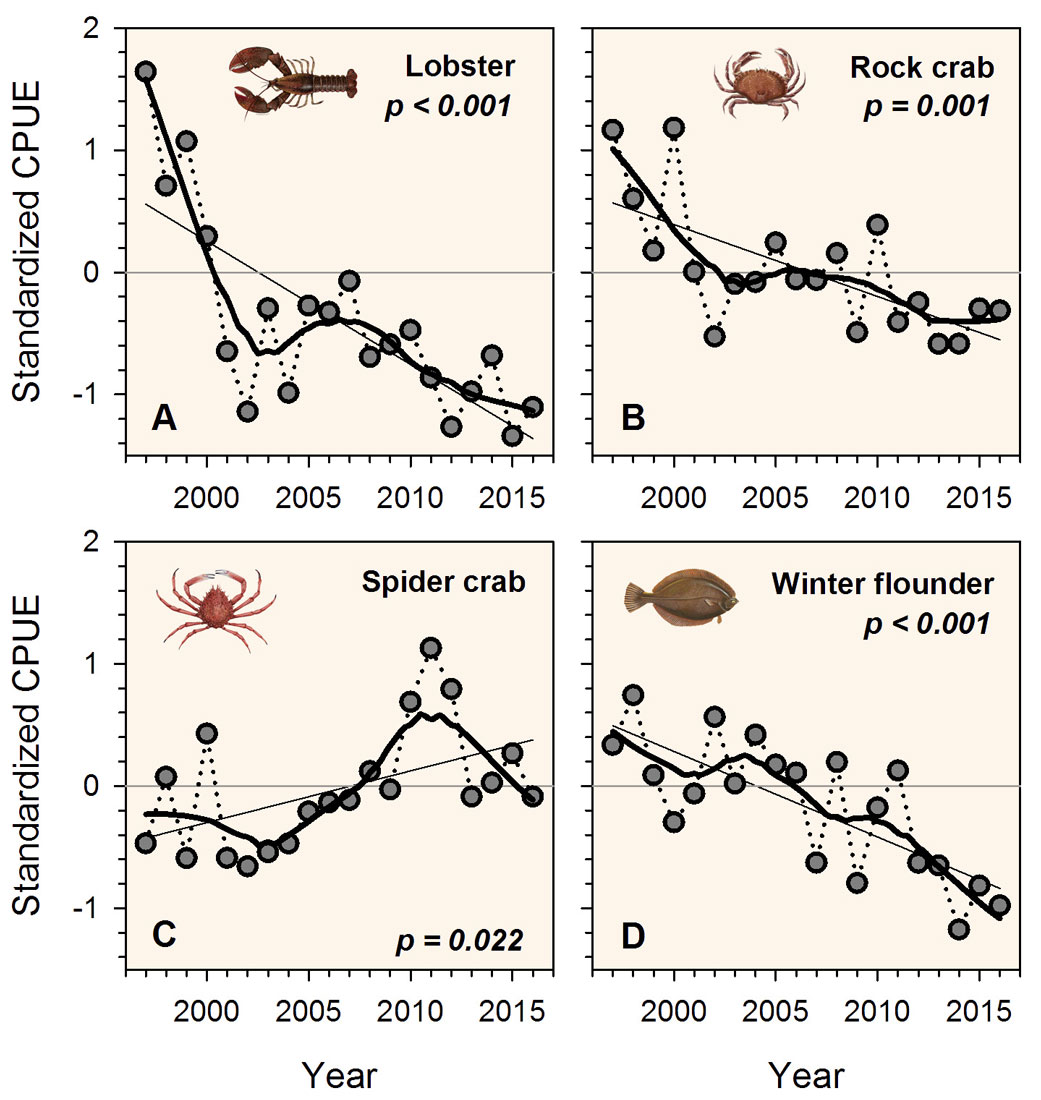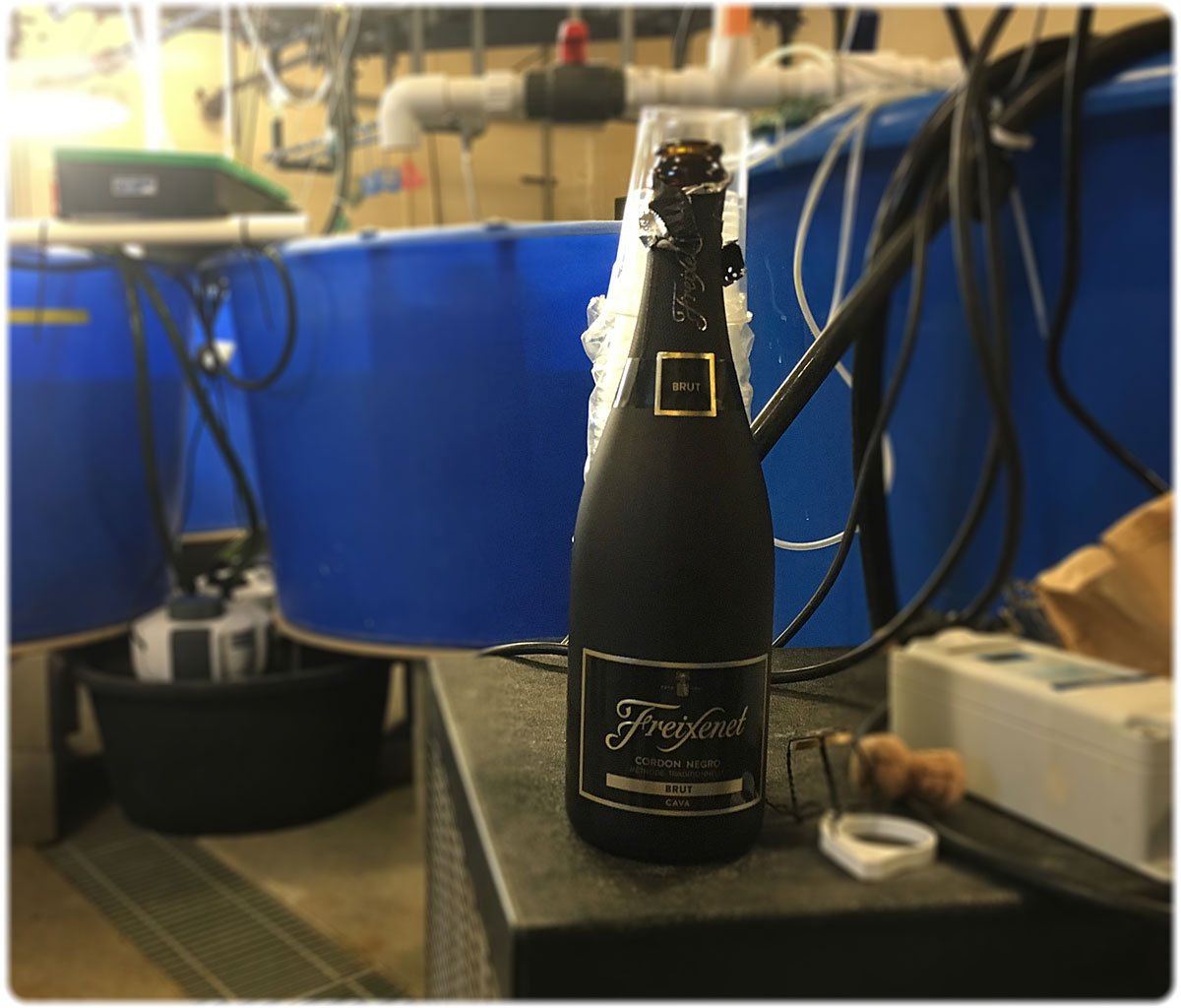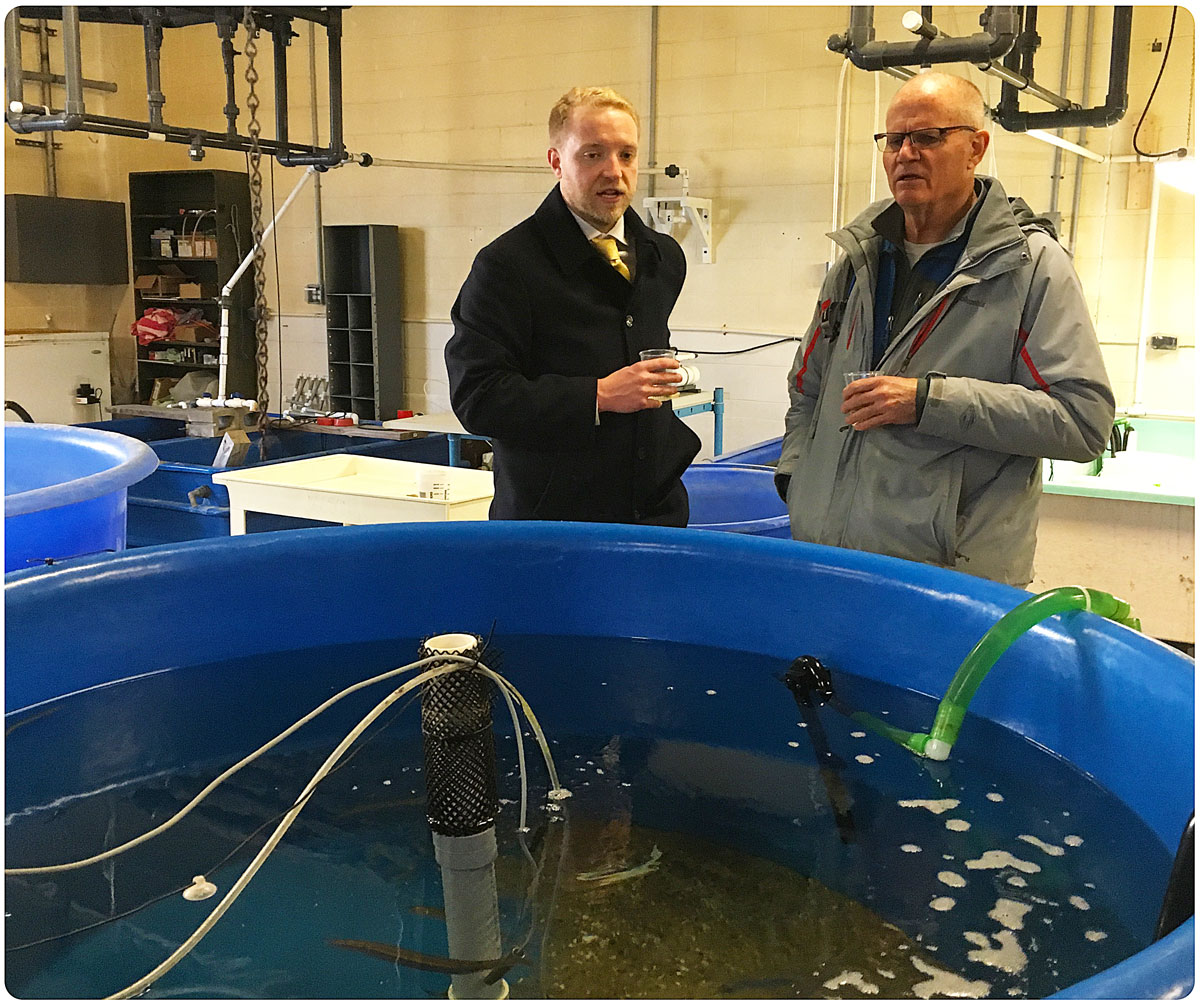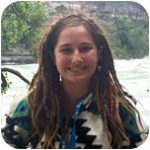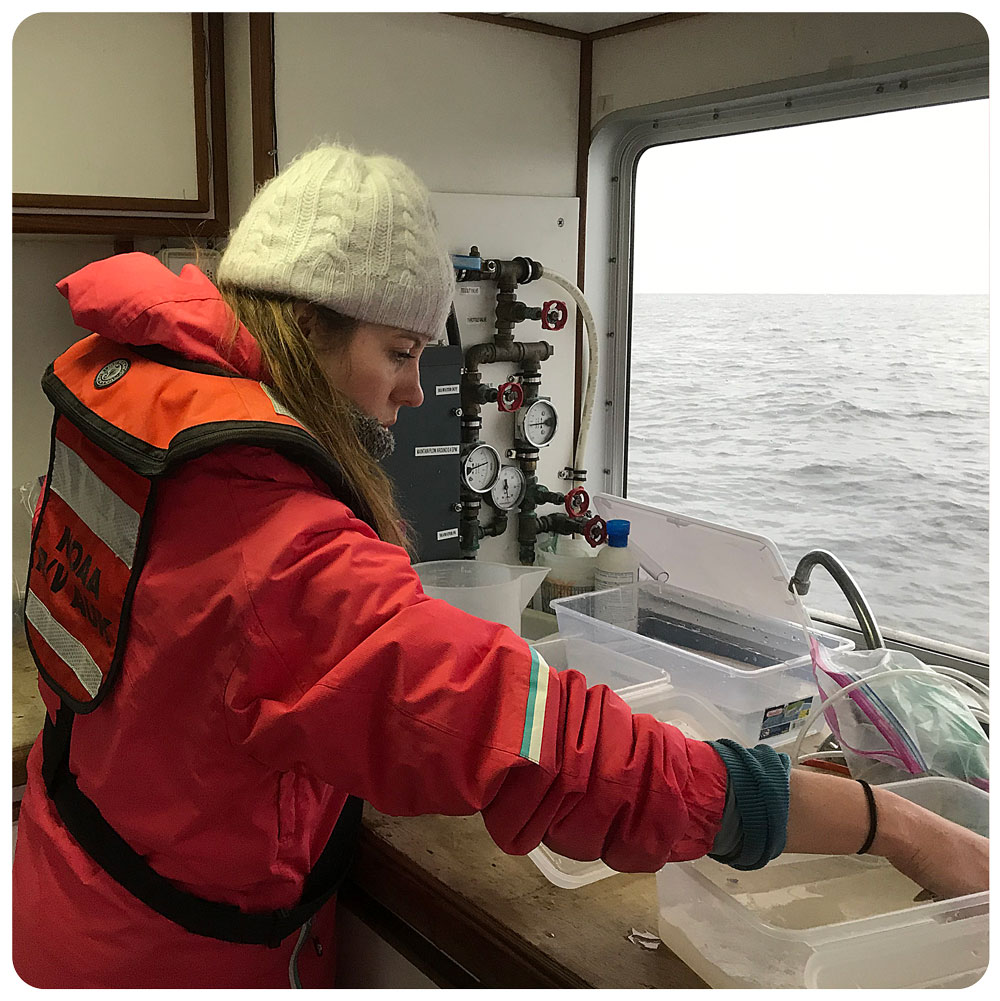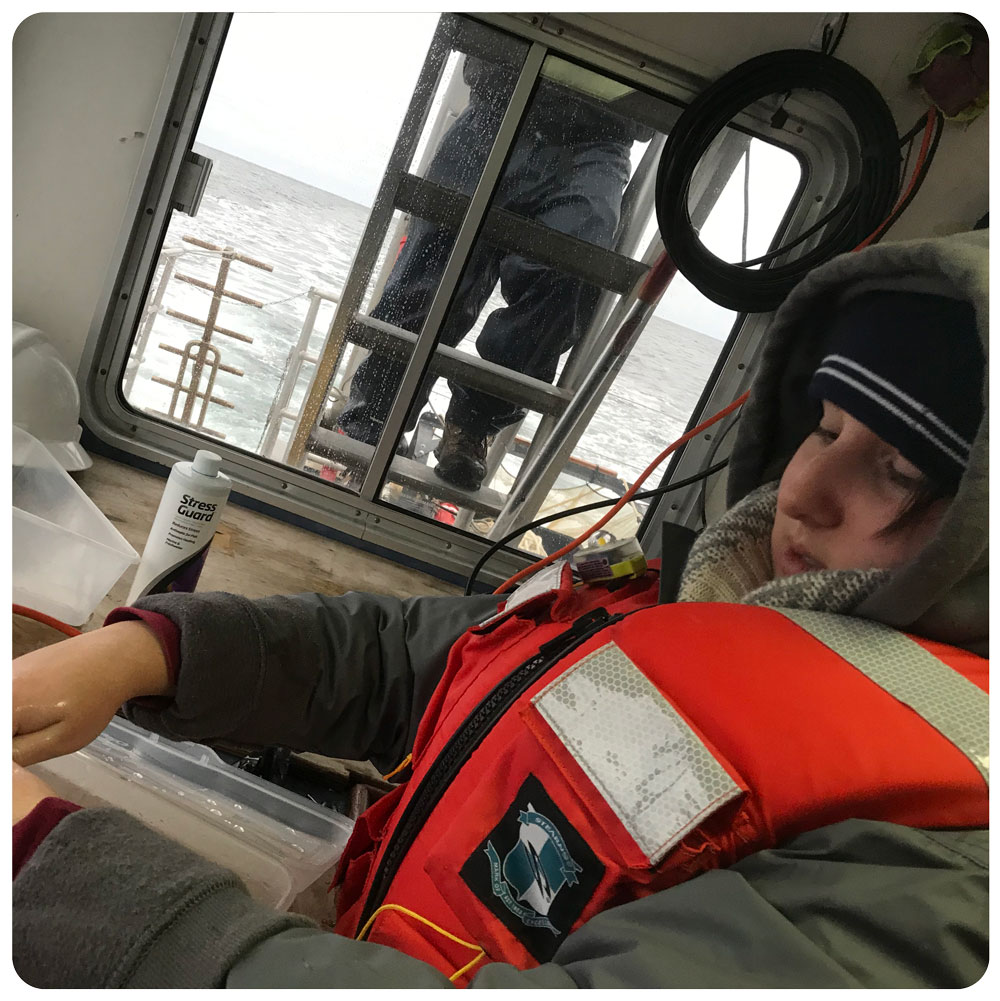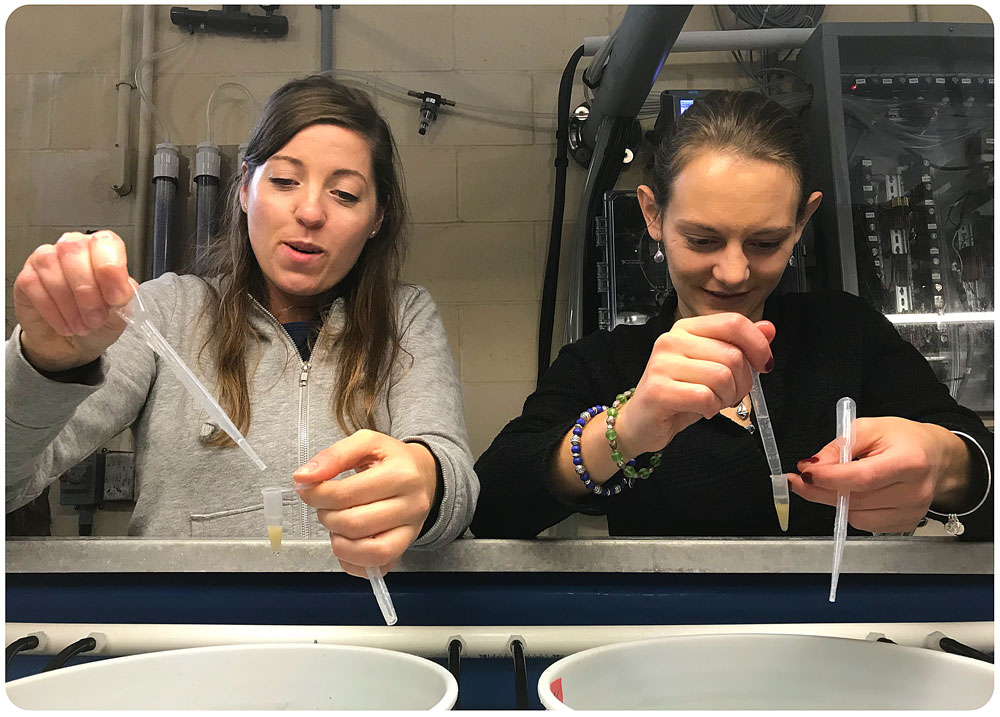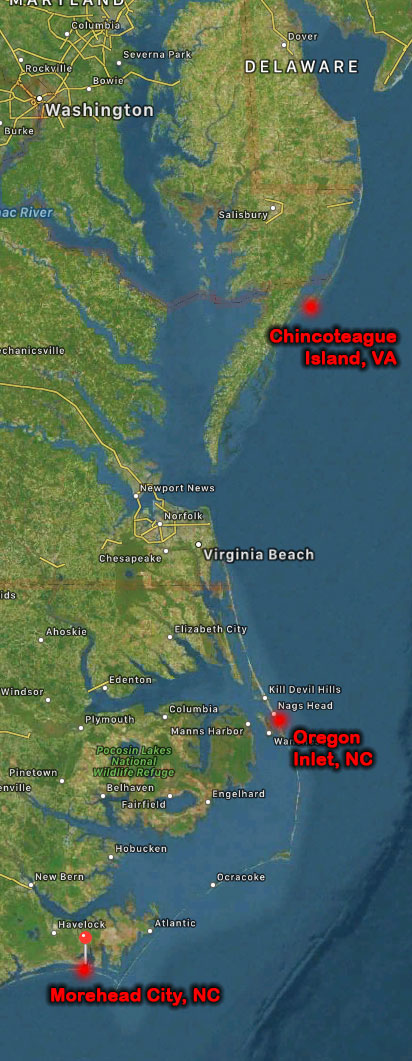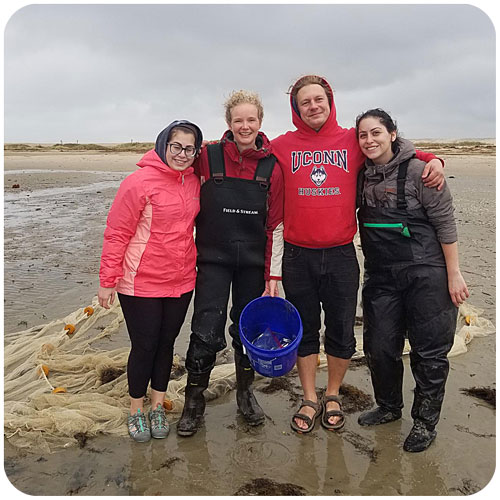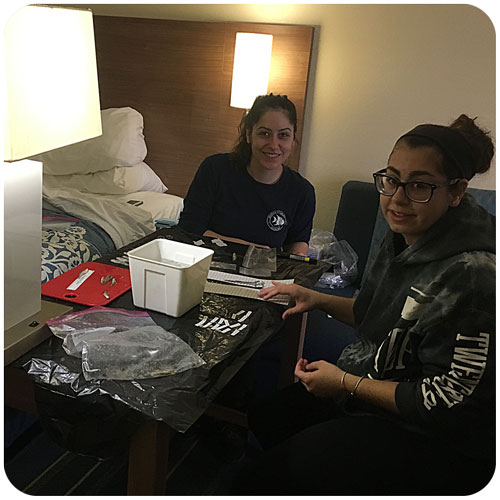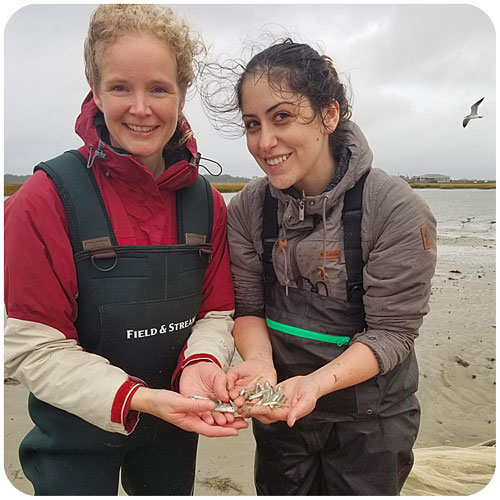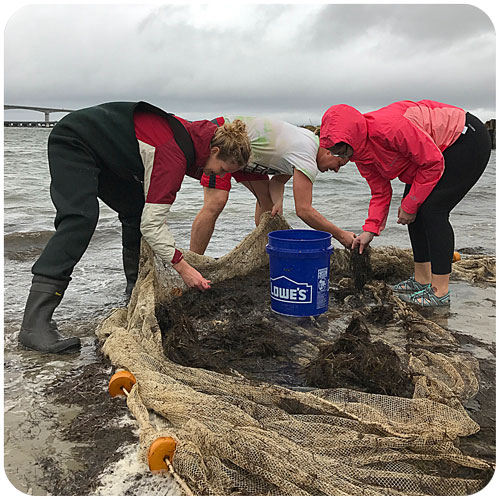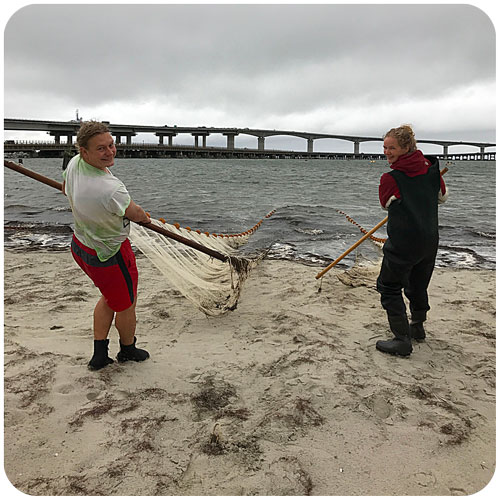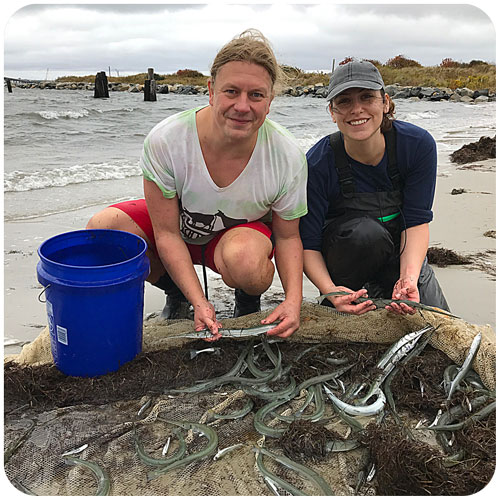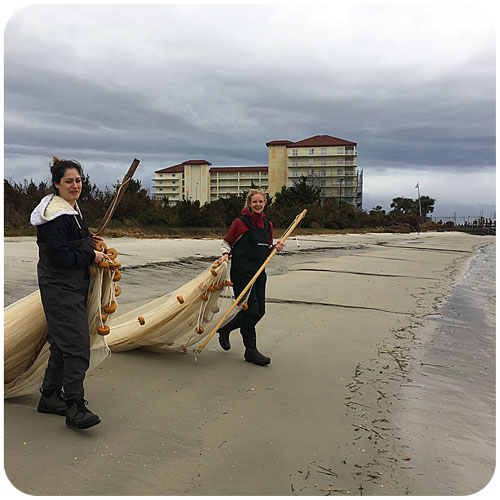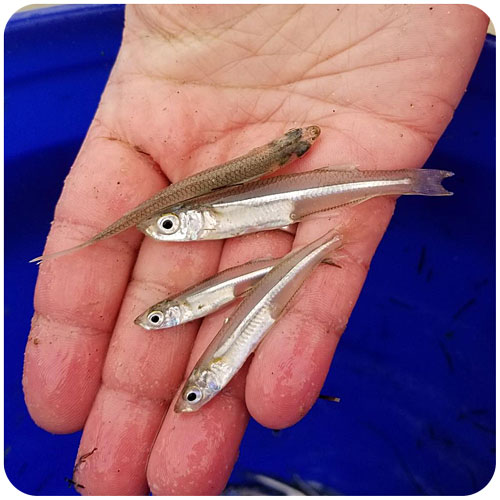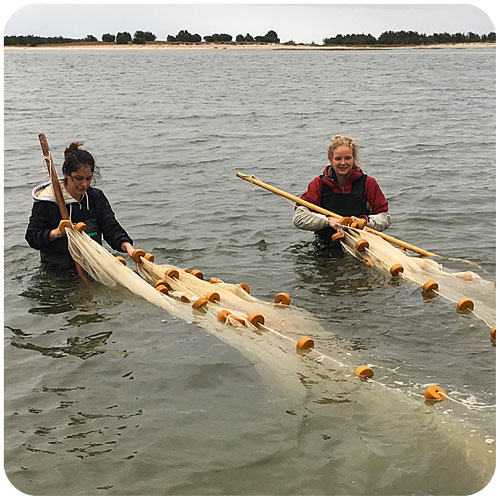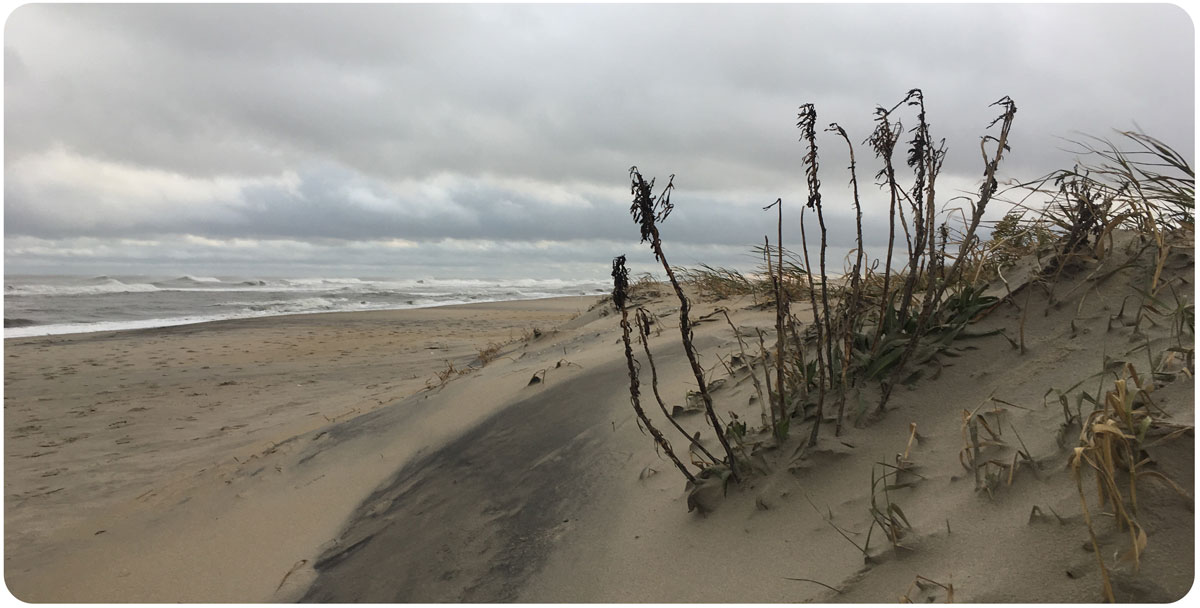[Atlantic silverside, Menidia menidia, mercury, ingestion rates]
dbellio2@asu.edu
Projects
[Lab news] Emma turns 30 and starts a new silverside experiment!
Like in our previous experiments, we are mimicking current and future coastal environments that fluctuate daily in CO2 and oxygen levels – thanks to our computer-controlled system that manipulates these levels in up to nine tanks simultaneously.
But this time, our additional goal is to keep track of sib-ship. We produced full sibs (same mother, same father), half-sibs (same mother or father, different father or mother) and unrelated individuals, and by keeping them separate we will later be able to calculate additive genetic variances in the various traits under different conditions (i.e., heritability) and examine trait correlations.
As usual, this could not be done by one person, so the entire lab helped preparing, seining, and fertilizing embryos on this frantic day. Great job all!
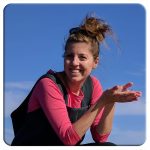
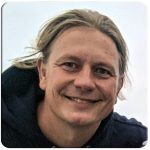
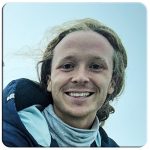

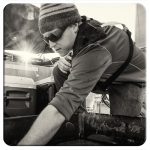
[Lab news] Whole life cycle CO2 fish are getting sampled
18 April 2019. This Thursday was a long day in the Baumann lab, because we sampled and processed over 200 adult silversides from a unique experiment. These fish were fertilized in the lab and reared from eggs to adulthood under different temperatures and contrasting CO2 conditions. We are interested to see, if future ocean conditions have measurable effects on this species fecundity, growth, and oocyte characteristics. We also took tissue and genetic samples, with an effective line-up of hands, i.e., Hannes, Emma, Chris, Callie and Lucas.
Good teamwork all!
[Publication] Perspective on experimental OA research published!
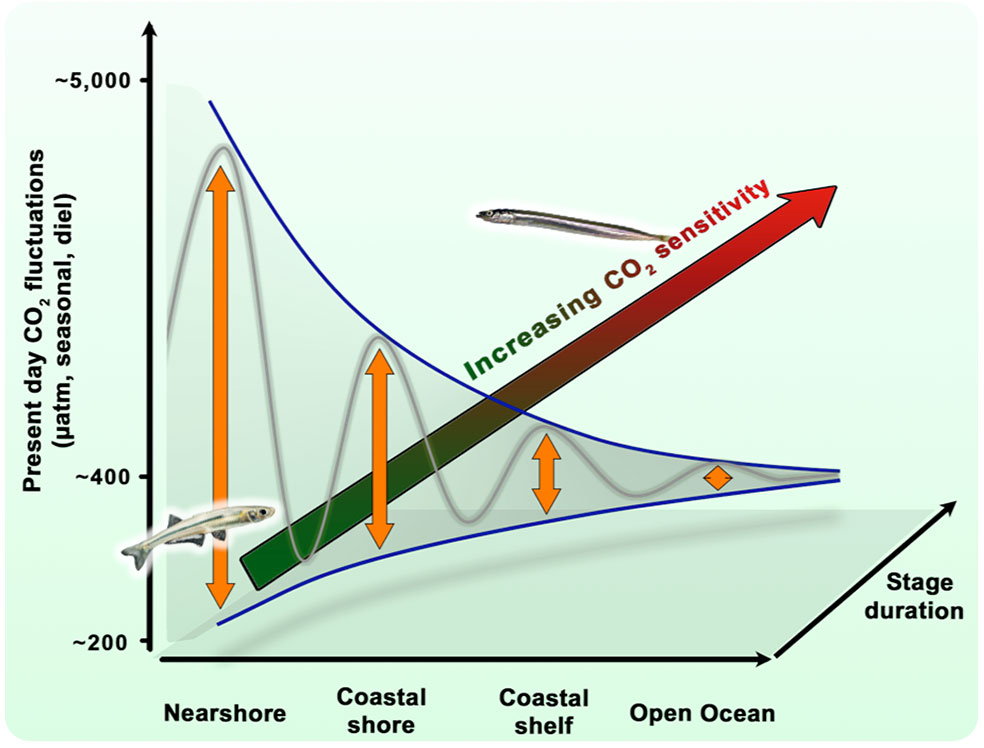
- Baumann, H. (2019)
Experimental assessments of marine species sensitivities to ocean acidification and its co-stressors: how far have we come?
Canadian Journal of Zoology 97:399-408
[Publication] The Project Oceanology time-series has been published!
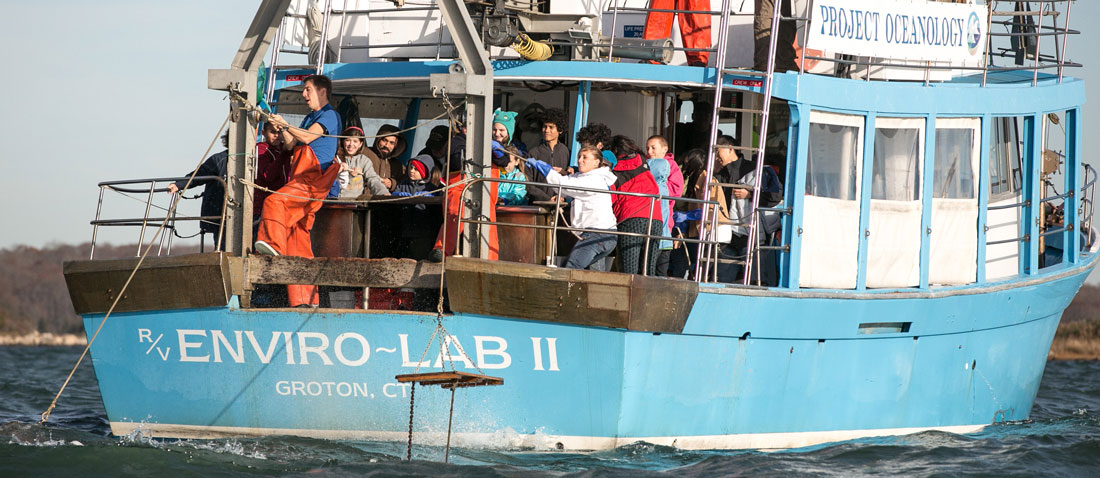
21 March 2019. We are happy to announce that Marine Environmental Research just published our most recent paper about long-term ecological change in eastern Long Island Sound based on data collected by Project Oceanology!For his Master’s thesis, Jacob Snyder painstakingly retrieved and digitized more than 40 years of environmental observations from Project Oceanology. This non-profit ocean literacy organization has educated middle and high school students on boat trips to nearby estuarine sites for decades. For the first time, his work allowed a quantitative evaluation of these data and glimpses into the abiotic and biotic changes in nearshore waters of Eastern Long Island Sound.
Highlights
- Citizen-science observations revealed rapid warming, acidification, and dissolved oxygen loss over the past 40 years in eastern Long Island Sound
- Otter trawl catches showed significant decreases in overall species diversity and richness
- Cold-water adapted species (American lobster, winter flounder) decreased, but warm-water adapted species (spider crabs) increased since 1997
Citation
- Snyder, J.T., Whitney, M.M., Dam, H.G., Jacobs, M.W., and Baumann, H. (2019). Citizen science observations reveal rapid, multi-decadal ecosystem changes in eastern Long Island Sound. Marine Environmental Research 146: 80-88
Public outreach
- The publication of this work is also featured in an article for the online magazine TheConversation.com titled
“Citizen science shows that climate change is rapidly reshaping Long Island Sound“
News coverage: UConn Today | New Haven Register | The Hour | NonProfit Quarterly | WSHU Public Radio
[Research News] F1000 Prime recommends Biology Letters article
Dear Dr Baumann,
Congratulations!
Your article: Robust quantification of fish early life CO2 sensitivities via serial experimentation, Biology Letters, 2018 (DOI: 10.3410/f.734523360.793553721), has been recommended in F1000Prime as being of special significance in its field by F1000 Faculty Member Philip Munday.
You can read Dr Munday’s recommendation here
Munday P: F1000Prime Recommendation of [Baumann H et al., Biol Lett 2018 14(11)]. In F1000Prime, 11 Dec 2018; 10.3410/f.734523360.793553721
Thank you, Phil!
[Lab news] Chris defends his dissertation!
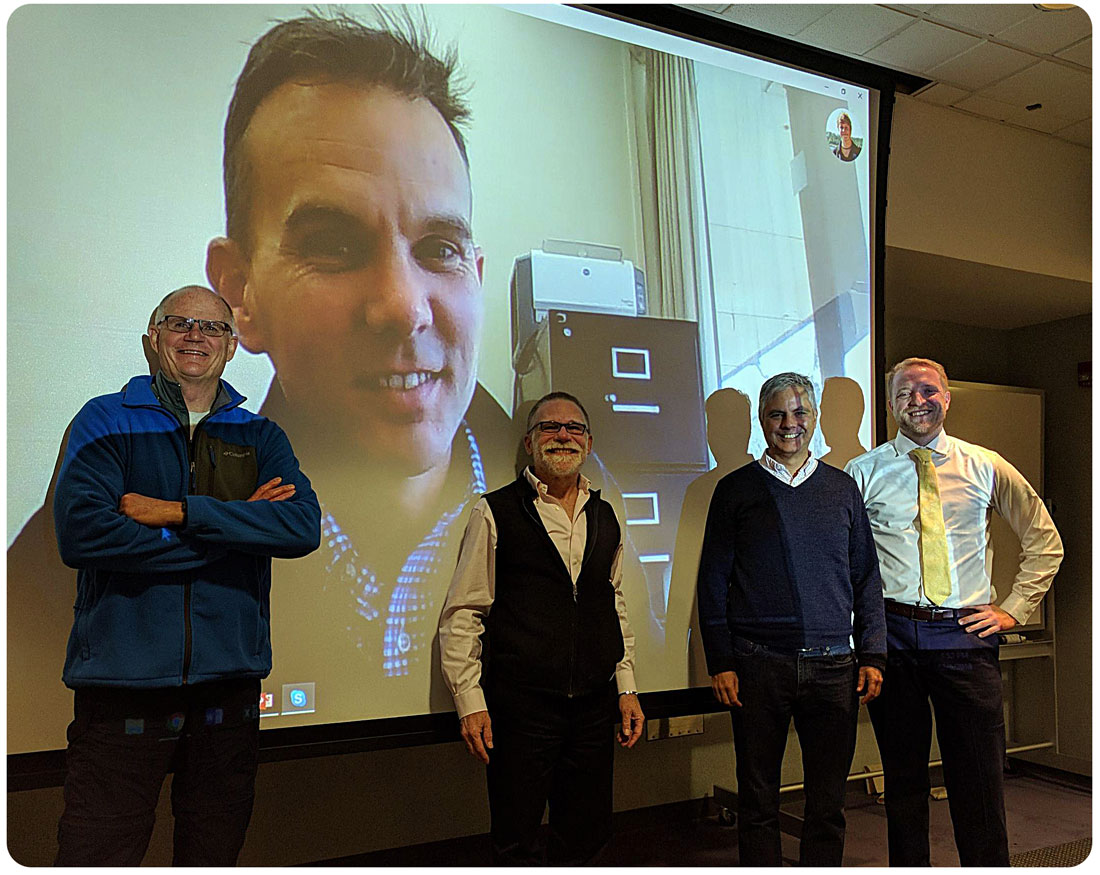
Well done, Dr. Murray! We are all so very proud of you!
[Publication] Meta-analysis of silverside CO2 experiments published!
The study demonstrated:
- A general tolerance of Atlantic silverside early life stages to pCO2 levels of ~2,000 µatm
- A significant overall CO2 induced reduction of embryo and overall survival by -9% and -13%, respectively
- The seasonal change in early life CO2 sensitivity in this species
- The value of serial experimentation to detect and robustly estimate CO2 effects in marine organisms
Baumann, H., Cross, E.L., and Murray, C.S. Robust quantification of fish early life CO2 sensitivities via serial experimentation. Biology Letters 14:20180408

[Research news] Sandlance are spawning on Stellwagen Bank again!
The goal of the sandlance cruise was to collect running ripe males and females to do a fertilization via strip spawning. Emma and I were a bit doubtful at first because we got less than 10 sandlance on the first two trolls. However, things got much better by the afternoon, and our most successful trawl caught 147 sand lance. I helped out with the fertilization and deploying the trawl, two things I have never done before. The most exciting part of the day was getting to see humpback whales. Usually they are in the distance but today they were right next to the boat. Everyone on board said that this never happens and it was very unusual so I felt very lucky to have seen whales at such a close proximity.”
Overall, the trip was a huge success and it was very refreshing to see everything go as planned. The only downside to the day was driving back home through a snowstorm. I later found out that there was a 73% fertilization success and we got 27,000 embryos for Emma’s experiment. I am very grateful to have gotten the opportunity to help out on this sampling cruise and am looking forward to doing this again in the future!
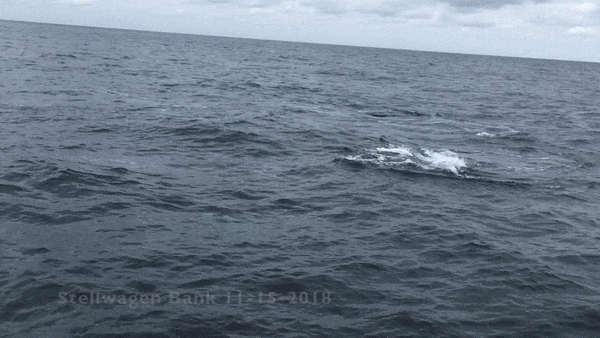
[Lab news] Baumann & Therkildsen lab on a silverside road trip
What a great collaboration. Check out some of the pictures from the trip below.
